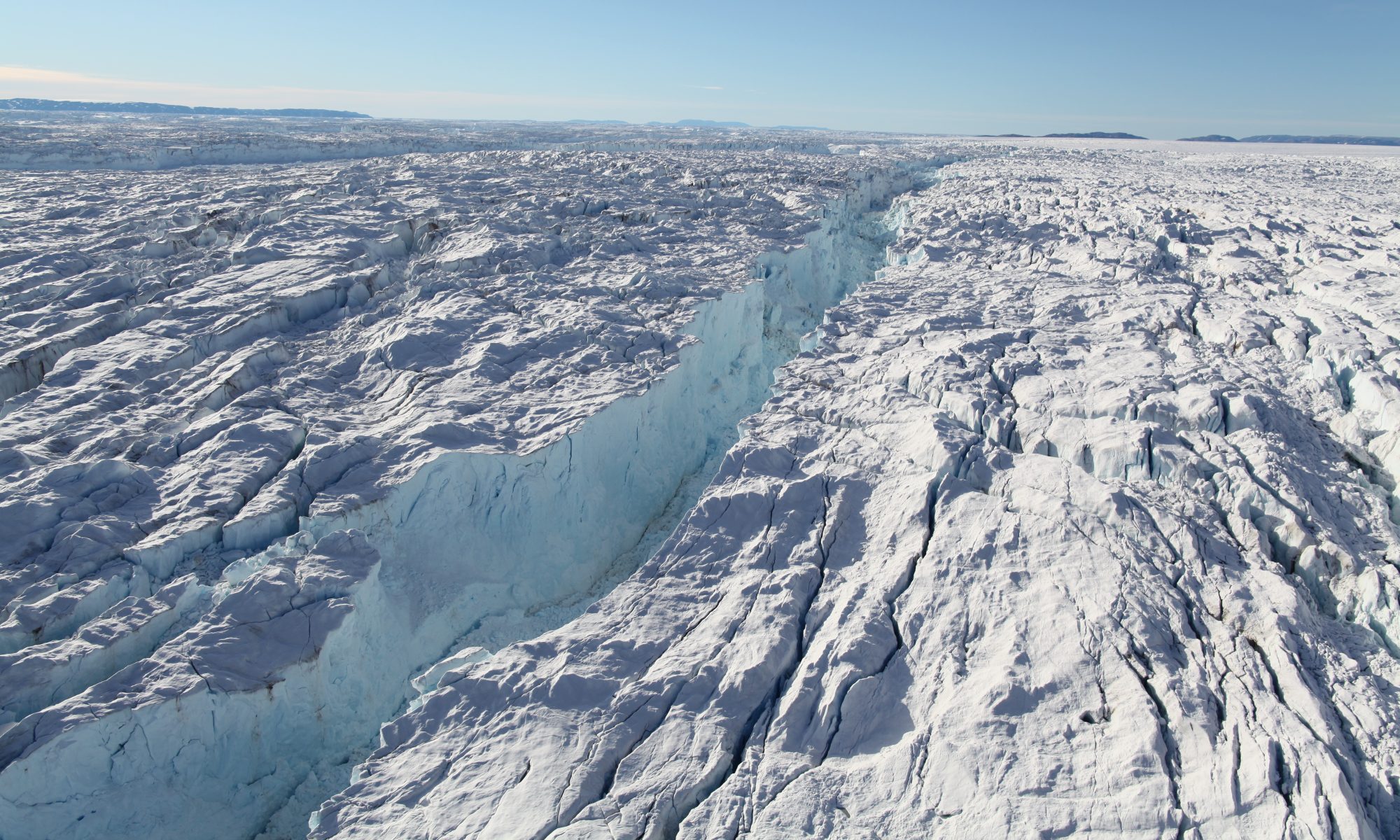Abstract
In recent decades, tidewater glaciers in Northwest Greenland contributed significantly to sea level rise but exhibited a complex spatial pattern of retreat. Here, we use novel observations of bathymetry and water temperature from NASA’s Ocean Melting Greenland mission to quantify the role of warm, salty Atlantic Water in controlling the evolution of 37 glaciers. Modeled ocean-induced undercutting of calving margins compared with ice advection and ice-front retreat observed by satellites from 1985 to 2015 indicate that 35 glaciers retreated when cumulative anomalies in ocean-induced undercutting rose above the range of seasonal variability of calving-front positions, while 2 glaciers standing on shallow sills and colder water did not retreat. Deviations in the observed timing of retreat are explained by residual uncertainties in bathymetry, inefficient mixing of waters in shallow fjords, and the presence of small floating sections. Overall, warmer ocean temperature triggered the retreat, but calving processes dominate ablation (71%).
Links to Data:
- Digitized ice front positions 1985-2017: Shapefile
- Landsat 4, 5, 7, and 8 Imagery: USGS Data Portal
- Ice velocity:
- ECCO Solutions:
- Arctic 4km Solution
- LLC270 Solution
- Conductivity-Temperature-Depth (CTD) Measurements: OMG Data Portal
- Drainage Basins: Shapefile
- Ice Sheet Runoff: RACMO 2.3
- Bathymetry: Bedmachine Version 3
